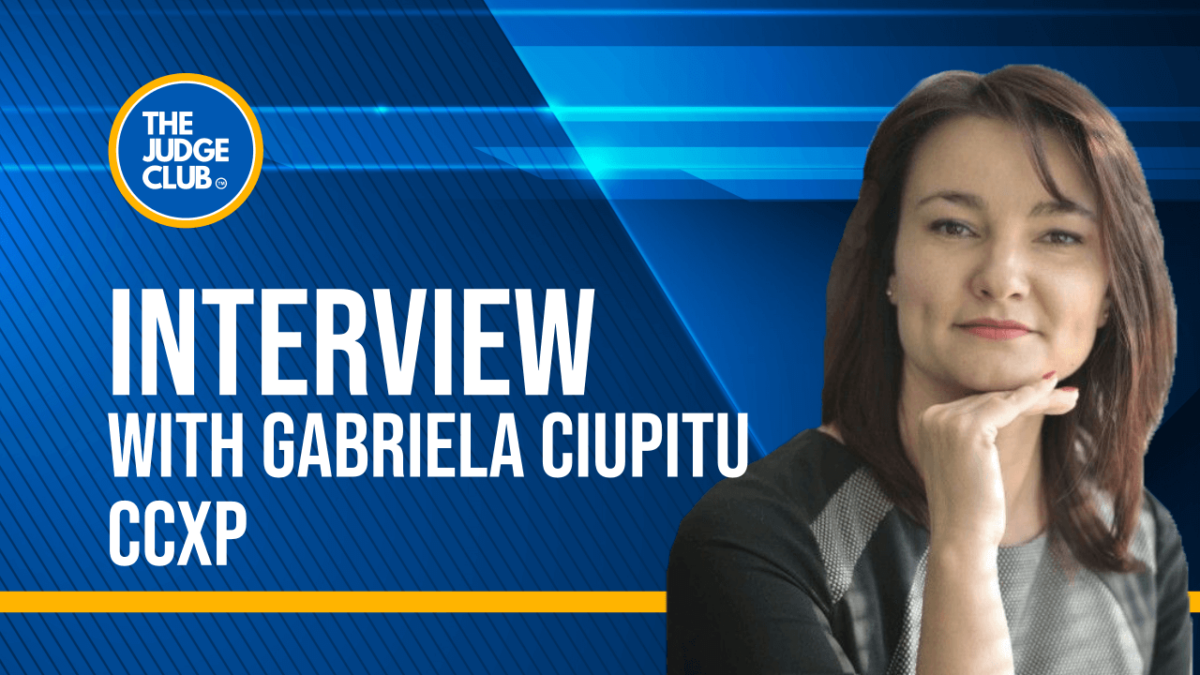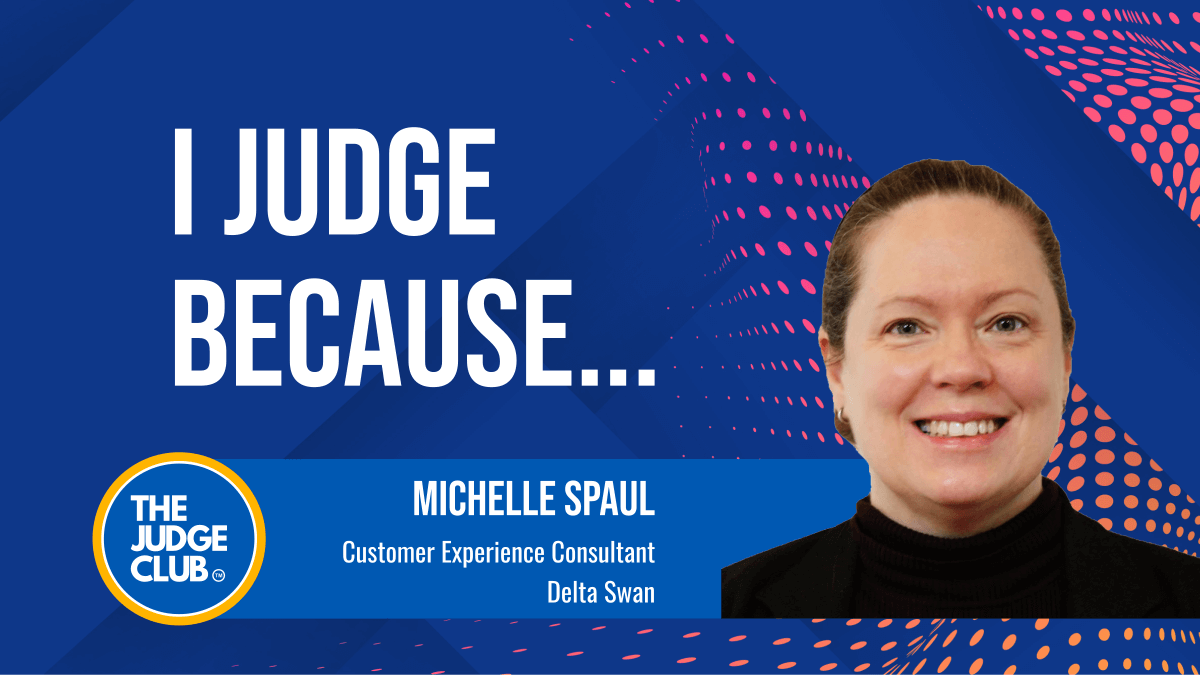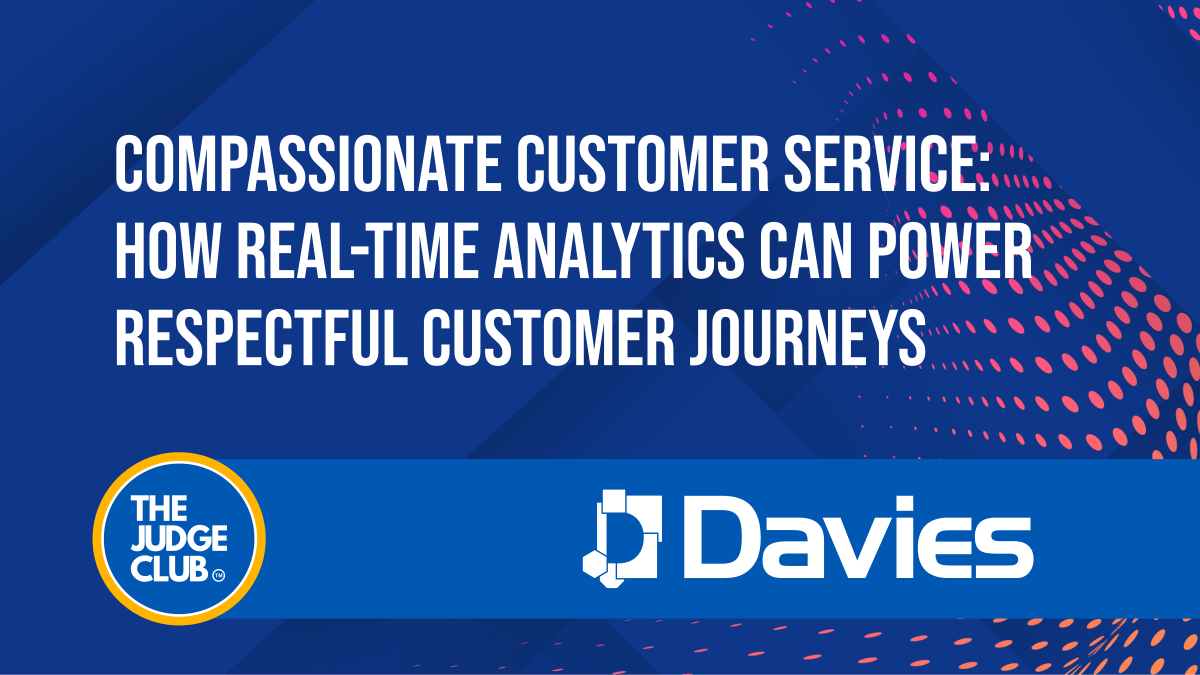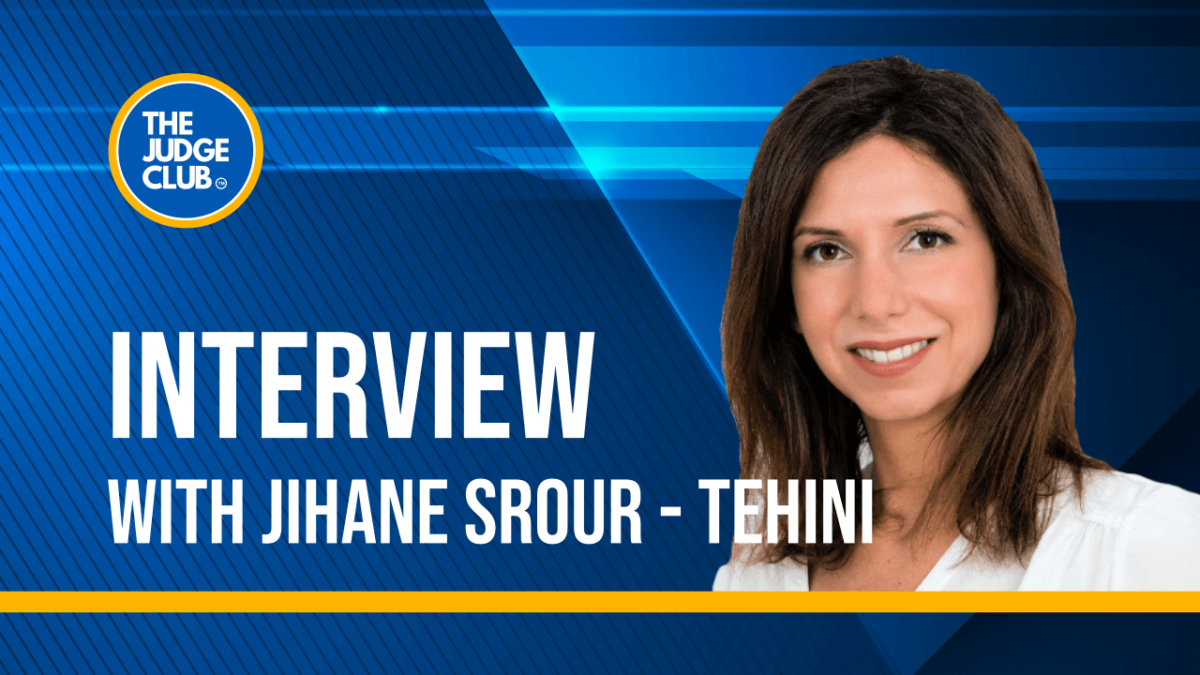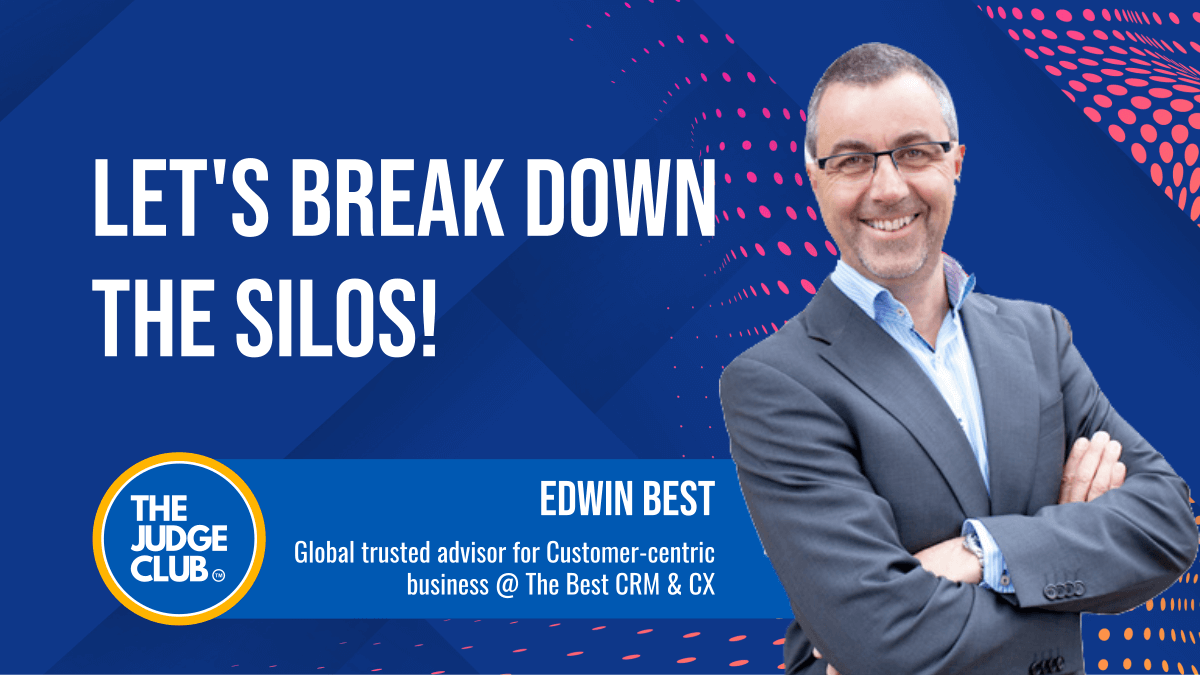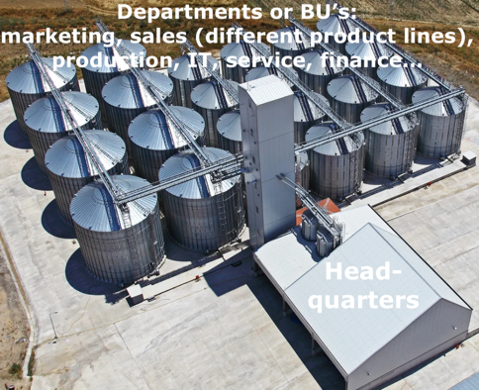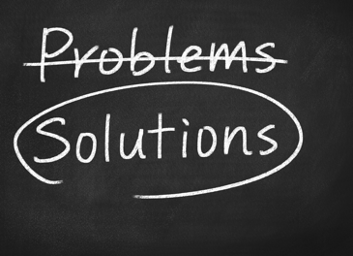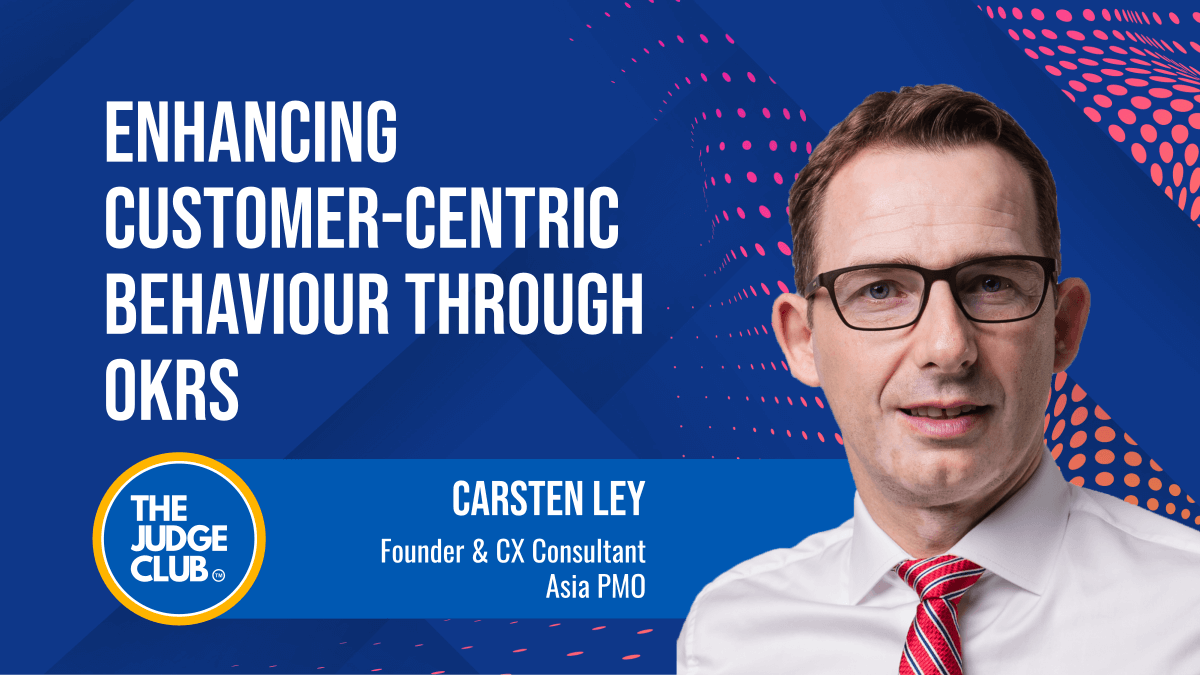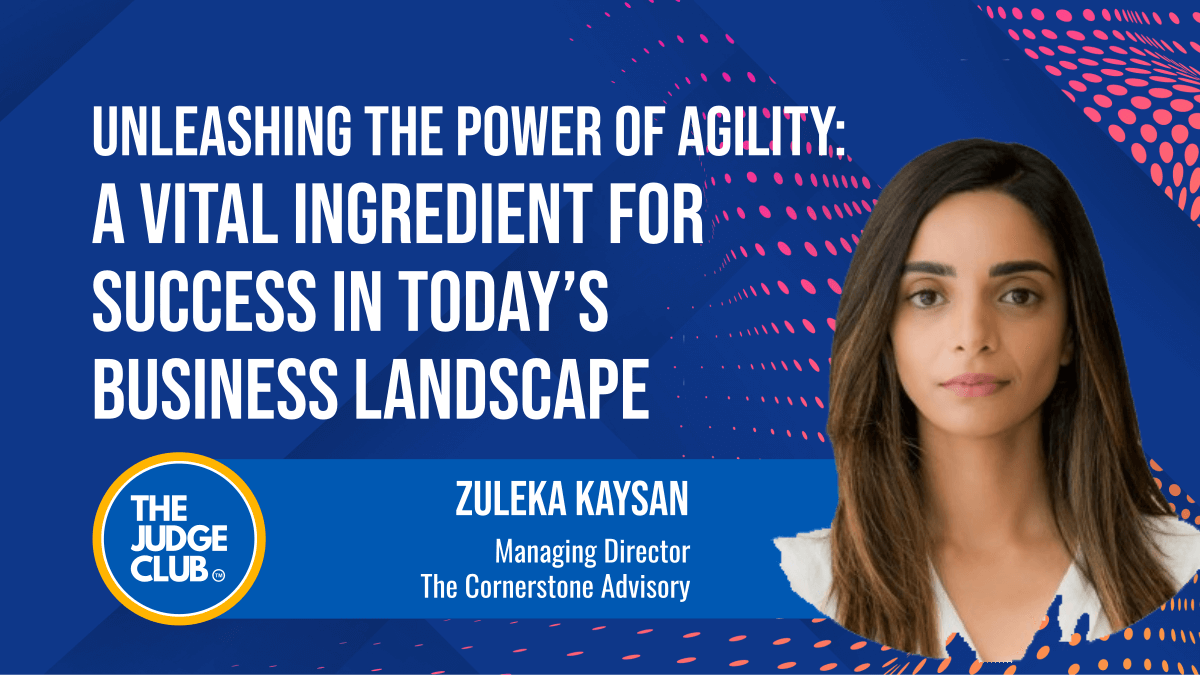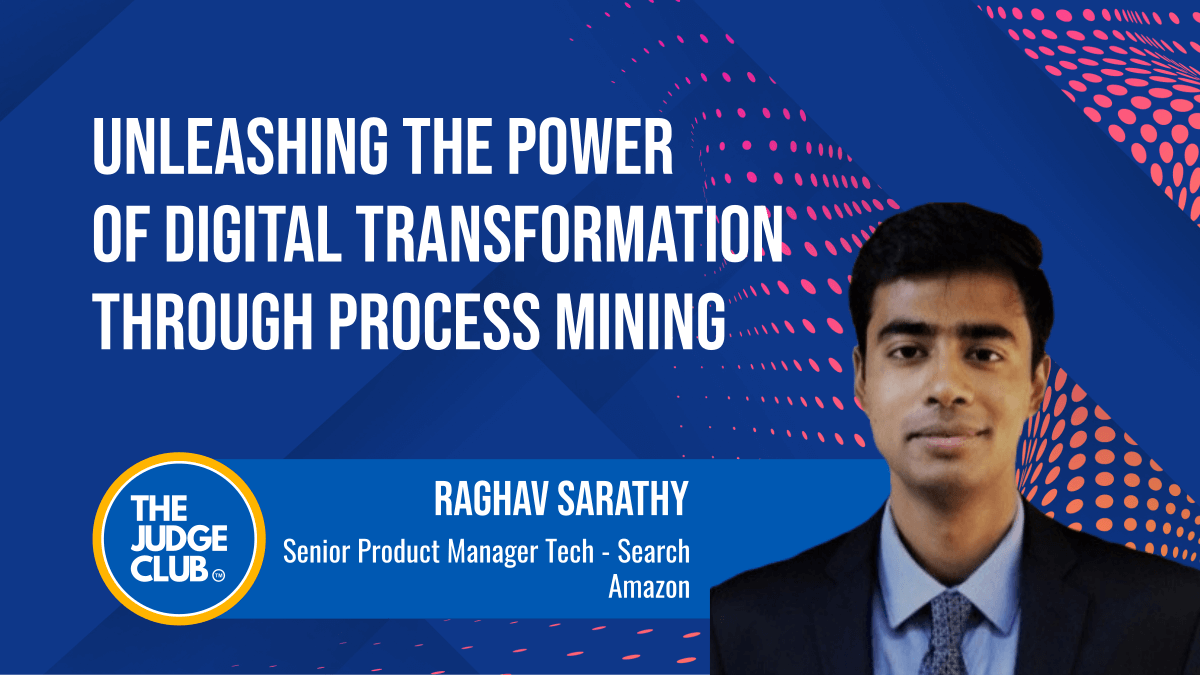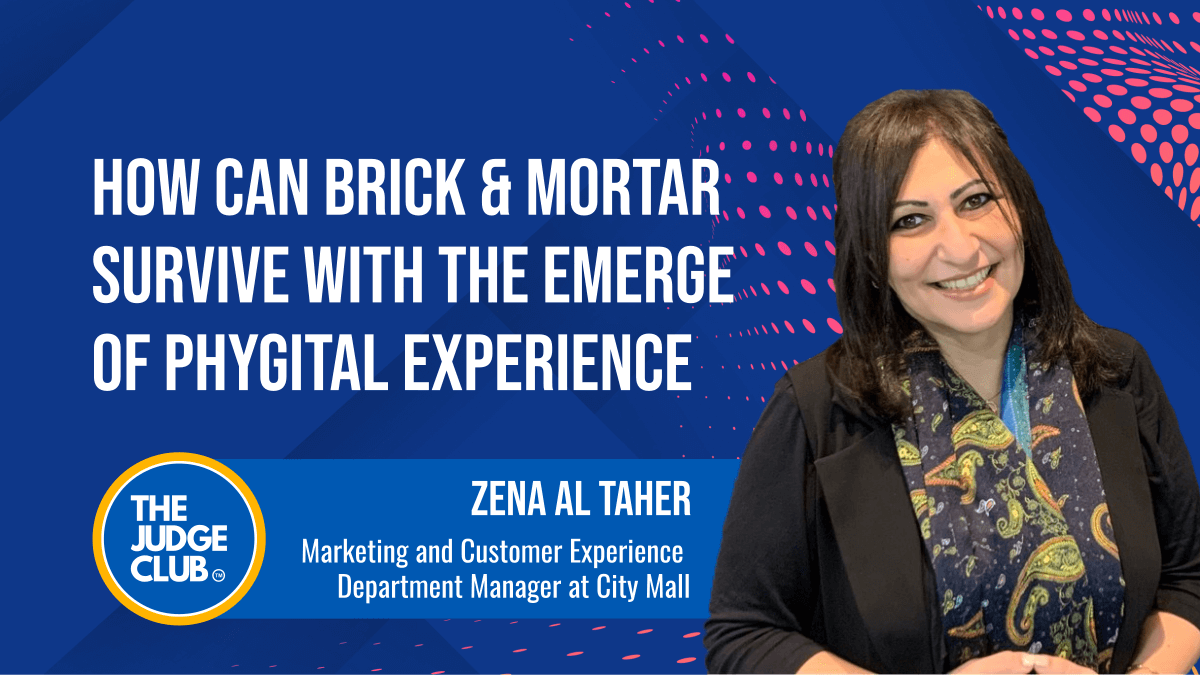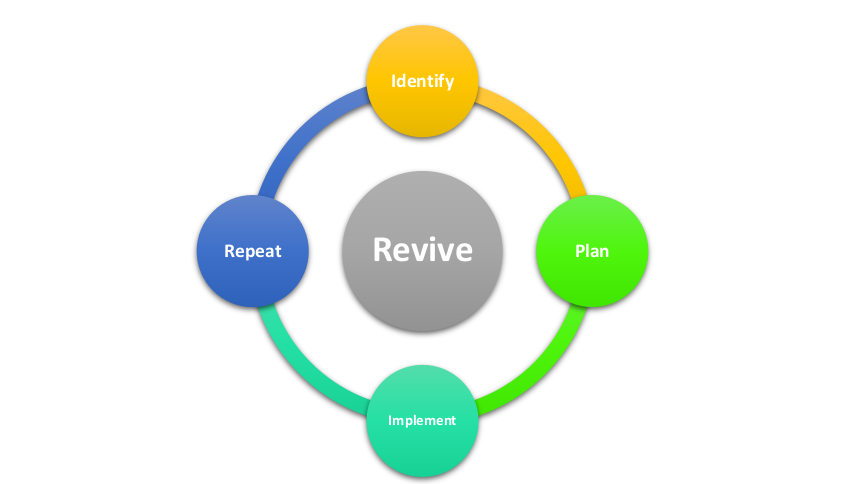1. You have been actively involved in judging CX awards. Can you shed light on the significance of judging at such awards and its impact on the industry?
First, I would like to congratulate Awards International for dedicating time and effort into organizing the CX Awards. These events have multiple benefits for customers and companies in general, including continuous improvement of service quality, the level of empathy and the customer-centric culture in organizations from different industries. I am happy to be part of the Judge Club and to have the ability to attend and contribute to the Awards with my experience and knowledge and also to stay updated with the latest trends, technologies and practices. What I appreciate about the CX Awards the most is the high standard of entries, judges, and the Awards International team’s commitment to the entire process, ensuring a qualitative and an objective analysis and a great show.
2. Many organizations are hesitant to enter the CX Awards because they may not immediately perceive the value in doing so. Why do you believe businesses must participate in these awards, and what benefits can they derive from the experience?
The level of entries is high, which is an excellent thing because this means that the Award received by the companies has a huge significance. I am an ambassador for CX Awards in Romania and Southeast Europe, encouraging companies to enter s with their extraordinary projects. The reason is that the Awards can offer companies recognition in their respective industry and can improve employee engagement and organizational culture. I’ve been involved with the Awards through 3 roles: as a participant, an ambassador, and a judge. In each of the roles I have experienced the benefits of participation. As a finalist I was involved from the design and development of the entry to the recognition of the project. I must say that the engagement and satisfaction are worth every effort. As an ambassador for EXCA, I find many reasons why companies should seek recognition for their work. First for their industry recognition in front of their customers, suppliers, and competitors, and second in front of their employees and shareholders. Finally, as a judge, the contribution and learning are motivating factors strong enough to get involved in the judging process.
3. As someone who has judged various CX Awards, what insights have you gained about the industry and its best practices through the evaluation process?
People often believe that by being a judge you are in an external position, that you have a “birds eye view” of all the initiatives. It is more than that: when judging an submission, I put myself in a CX leader role of the organization analyzing challenges and opportunities. I breathe the excitement of each initiative and try to contribute to the next steps of each initiative.
Evaluating submissions at CX Awards gives me valuable insights into how crucial customer experience is for shaping business customer strategies and fostering customer loyalty initiatives.
A key insight from the successful entries is the paramount importance of customer-centricity in business operations. Companies that excel in CX demonstrate a deep understanding of their customers’ needs, preferences, and pain points. They design their products, services, and interactions from the customer’s perspective. There’s often a strong focus on employee training and engagement. Companies leading in CX recognize that motivated, well-trained employees are essential to delivering exceptional customer service.
Another point is that award-winning companies usually provide a seamless experience across various channels. Whether a customer interacts with the company online, in a physical store, or through a call center, the service quality and information consistency remain high. This could be through technology, like AI chatbots or personalized online experiences, or through unique service offerings. Adaptability is also crucial, especially in response to changing market conditions, customer preferences, and technological advancements.
Finally, the ability to demonstrate the impact of CX initiatives in terms of ROI (Return on Investment) and other key performance indicators is key. Award-winning companies not only improve customer experience but also show how these improvements positively affect the business.
4. How has CX practice evolved in Romania?
Customer Experience is a new concept, which has relatively recently entered the Romanian market. First steps were made 6 years before, when CX departments have been established in multinational companies importing groups models, because of the need to focus more on the client as a competitive advantage.
5. Your efforts in building the CX professionals community in Romania have garnered attention. Could you elaborate on this initiative?
Romanian CX community holds a special place in my heart. A few years back, as a CX Manager seeking growth beyond what my job offered, I scoured LinkedIn for Romanian CX peers and found merely 15. I was in dire need of sharing information and discovering local market practices. At that time, the CX field was nascent, with only a few companies having dedicated CX teams or individuals. Motivated by this, three years ago, I spearheaded the inaugural CX Day event in Romania, laying the foundation for this community. The response from professionals exceeded my expectations; over 50 attended the first event, playing a crucial role in shaping our monthly webinars. We now host webinars focused on CX, structured around three core elements: a Romanian best practice, an international speaker, and a digital platform to support CX project implementation. My vision for the community is to foster an environment where CX professionals can learn, validate their ideas, and seek support for their workplace challenges.
I’m thrilled to see the community’s growth, a testament to this initiative’s success, especially evident at the first CX Conference in Bucharest this year. It was a day brimming with inspiration, attended by over 230 professionals.
6. In October 2023, Customer Experience Romania hosted its first CX Conference in Bucharest, which was a great success, as feedback from international participants, sponsors and noted on LinkedIn. Could you share the significant learnings for those who attended?
Indeed, the conference provided a valuable opportunity for face-to-face interactions within the community, allowing us to connect and acknowledge Romania’s best practices in CX. Keynote speeches by Ian Golding, Faran Niaz, and Mohamed Latib were highlights of the event, and I would like to express my gratitude to them once again for their contributions. I am happy to mention that the Romanian speakers from Moldavia, Germany, Slovakia and of course Romania glowed on stage and brought to the audience actual topics, challenges, best practices, and their success.
I am extremely pleased with the positive feedback from the participants, as evident on LinkedIn. Depending on their experience in CX, attendees derived their own insights. However, our key messages for them were as follows:
– CX should be an ongoing effort focused on culture, innovation, and agility.
– For successful CX project implementation, leadership involvement is crucial, not just in terms of budget but also as ambassadors of the concept, setting an example for others.
– Despite the CX market in Romania not being mature, the country boasts numerous exemplary practices, laying a solid foundation for future development.
7. What motivated you to initiate a CX Maturity study in Romania?
Initiating the CX Maturity study was a logical step, as I observed a range of companies in the market, from those winning CX Awards to those still mistaking CX for mere Customer Service. In Romania, the trend over the past six years has been the establishment of CX departments predominantly in multinational corporations, driven by an increasing focus on client needs.
Our aim was to gain a clear understanding of the present state and trends of Customer Experience initiatives in Romania. To achieve this, the study was structured around six key pillars: CX Strategy, Customer-Centric Culture, Employee Experience, Customer Journey, Voice of the Customer (VoC), and Digital Experience.
8. Could you highlight the primary findings from the CX Maturity Study?
The study main takeaways are the following:
The CX Maturity study reveals that Romania represents an emerging market in the customer experience (CX) domain, possessing a robust groundwork for future growth. This nascent stage is characterized by the formation of dedicated CX teams, comprising professionals from diverse backgrounds, underscoring a commitment among businesses to enhance customer experiences.
However, the study identifies significant challenges impeding CX advancement. These include constrained budgets, limited decision-making authority, and the burden of small teams shouldering multifaceted responsibilities. Addressing these challenges is crucial for the progression of CX initiatives.
At the moment, Romanian organizations are in the nascent stages of using Customer and Employee Journeys methodologies to manage their processes. This area presents a substantial opportunity for growth. Effective mapping, measurement, and continuous enhancement of these journeys are pivotal for organizations adopting these methodologies, setting them apart in the CX landscape.
The primary method of gathering customer feedback in Romania is through complaints and transactional surveys. However, there is a pressing need for a more proactive approach. This involves centralizing Voice of the Customer (VOC) inputs from all channels and amplifying positive feedback mechanisms.
Lastly, the study highlights the critical role of technology and digitalization in fostering customer relationships. A practical approach for rapid CX technology adoption is leveraging specialized platforms, which can offer streamlined and efficient solutions for businesses striving to enhance their customer experience offerings.
9. What are the plans for advancing CX practices in Romania through Customer Experience Romania?
This year, our focus is on further promoting CX awareness in Romania, supporting companies in implementing their CX strategies, and encouraging them to seek recognition for their efforts through CX Awards. I am proud to acknowledge that there are Romanian organizations with robust customer-centric approaches and projects worthy of recognition.
We are excited to continue the CX maturity study this year, examining it from two angles: organizational and customer perceptions. I look forward to sharing the findings at the year’s end.
Equally important is the ongoing knowledge development of CX leaders within our community trough monthly webinars. I plan to facilitate this through CX Masterclasses and the upcoming CX Conference in October 2024.
10. What guidance would you offer to CX professionals in Romania and Southeast Europe?
Often, CX leaders may find themselves in challenging positions within their companies, as their role involves presenting the unvarnished truth. They require support and a peer network for guidance. This need gave birth to the CX community, as a collective voice can have a greater impact in the market and provide support to individuals. Even seasoned practitioners benefit from validating and sharing their ideas.
My advice to CX professionals is to seek collaborative opportunities inside and outside the organizational environment, to have their development and to keep close connection with the community. Customer interactions are evolving rapidly and being part of a community can offer valuable resources and advice to keep pace with these changes.

